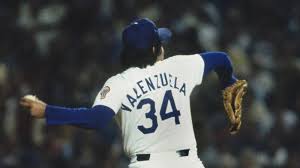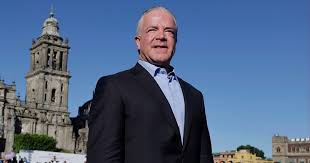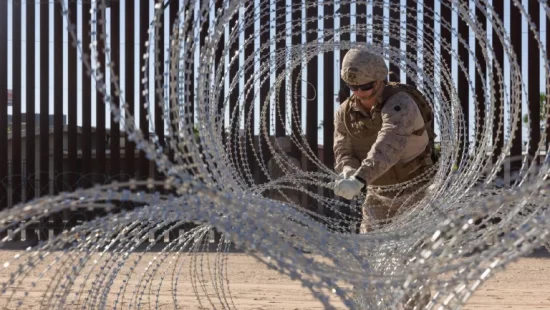Narcoculture took root differently in eastern Mexico. While tubas and guitars accompanied the exploits of figures linked to organized crime who operated on the Pacific coast, accordions, basses, and percussion did the same in states like Nuevo León and Tamaulipas.
While corridos have established themselves as the most widely used genre to praise members of criminal organizations, little by little, these same narratives have found their way into other musical styles that, although they sound different, serve the same purpose.
While corridos tumbados have predominated in songs alluding to the Sinaloa Cartel, in the case of the Jalisco New Generation Cartel, this element has been present in the dembows and guarachas that abound on social media. And in the northeast? Cumbias portray the stories and operations of some of the members of the splinter groups that emerged from what was once the Gulf Cartel.
Unlike bosses who managed to attract significant media attention, such as Joaquín “El Chapo” Guzmán or Rafael Caro Quintero, the fleeting presence of its leaders has prevented such powerful figures from consolidating within the ranks of the Gulf Cartel. However, that hasn’t prevented part of their rise from being captured in songs that have become another expression of the country’s “narcoculture.”
In recent years, platforms like YouTube, Spotify, and Apple Music have been the scene of the rise of a musical genre that increasingly attracts dozens of listeners: war cumbias.
The adaptation of narratives about organized crime to this musical genre is no coincidence. According to an essay by the Center for Research and Advanced Studies in Social Anthropology (CIESAS), cumbia has been one of the most popular musical styles in northeastern Mexico for decades, specifically in states like Tamaulipas, Nuevo León, and Coahuila.
“Cumbia arrived in Mexico in the 1950s through cinema. Upon its arrival, cumbia confronted—particularly in the capital—the established traditions of other Afro-Caribbean cultures from Cuba, Puerto Rico, and the Dominican Republic, such as bolero, danzón, and rumba, which had been established for decades and, in some places like Veracruz, since the end of the last century.”








